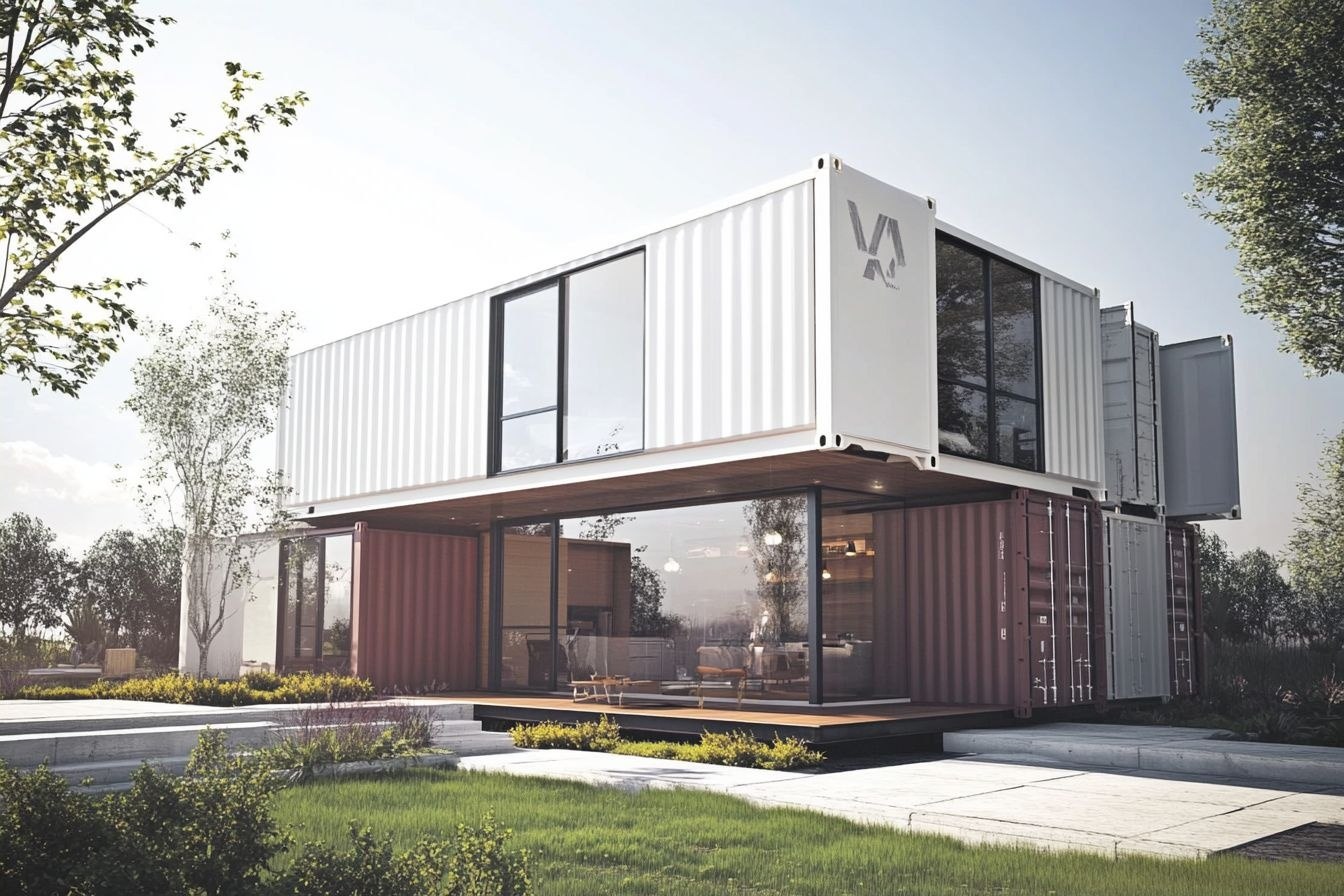Contemporary Architecture: Design Elements and Living Concepts
Contemporary residential architecture represents a revolutionary approach to home design that emphasizes clean lines, functional spaces, and seamless integration with the environment. These homes prioritize simplicity, natural light, and innovative materials to create living spaces that reflect today's lifestyle needs. From open-concept layouts to sustainable building practices, contemporary design continues to evolve, offering homeowners both aesthetic appeal and practical functionality.

Contemporary residential architecture has transformed the way we think about home design, moving away from ornate traditional styles toward cleaner, more functional approaches. These homes embrace minimalism while maximizing comfort and efficiency, creating spaces that feel both spacious and intimate.
Key Architectural Features That Define Contemporary Homes
Contemporary homes are characterized by several distinctive architectural elements that set them apart from traditional designs. Clean geometric lines dominate the exterior, often featuring flat or low-pitched roofs that create horizontal emphasis. Large windows and glass walls serve as prominent features, flooding interiors with natural light while establishing visual connections between indoor and outdoor spaces. Asymmetrical facades add visual interest without unnecessary ornamentation, and cantilevers or overhangs provide both architectural drama and practical weather protection.
The emphasis on horizontal lines extends to the overall massing of the structure, with many contemporary homes appearing to stretch across their lots rather than reaching skyward. This approach creates a sense of integration with the landscape while maintaining human scale and proportion.
How Open Floor Plans Enhance Contemporary Home Design
Open floor plans represent one of the most significant innovations in contemporary home design, fundamentally changing how families interact within their homes. By removing walls between traditionally separate spaces like kitchens, dining rooms, and living areas, these layouts create fluid, multifunctional environments that adapt to various activities throughout the day.
This design approach promotes better communication between family members and makes entertaining more natural and inclusive. The absence of barriers allows natural light to penetrate deeper into the home, reducing the need for artificial lighting during daylight hours. Additionally, open floor plans make smaller homes feel more spacious while providing flexibility for furniture arrangement and room usage.
Popular Materials Used in Contemporary House Construction
Contemporary homes showcase a carefully curated palette of materials that emphasize texture, durability, and visual impact. Steel and concrete form the structural backbone of many contemporary homes, offering strength and design flexibility while enabling large spans without intermediate supports. These materials also provide the clean lines and geometric forms that define contemporary architecture.
Glass serves as both a structural and aesthetic element, with floor-to-ceiling windows and sliding glass doors becoming standard features. Natural materials like wood and stone provide warmth and texture, often used as accent elements or cladding systems. Fiber cement siding, metal panels, and stucco offer weather resistance while maintaining the smooth surfaces that contemporary design demands.
Indoor-Outdoor Living Concepts in Contemporary Home Architecture
The boundary between interior and exterior spaces has become increasingly blurred in contemporary home design, reflecting a desire to connect with nature and extend living areas beyond traditional confines. Large sliding glass doors, retractable walls, and covered outdoor spaces create seamless transitions that allow activities to flow naturally between inside and outside.
Covered patios, outdoor kitchens, and living areas extend the home’s functional space while providing protection from weather elements. Strategic placement of windows and doors creates cross-ventilation that reduces reliance on mechanical cooling systems. These design strategies not only enhance the living experience but also increase the perceived size of the home.
The Importance of Landscaping in Contemporary Home Exteriors
Landscaping plays a crucial role in contemporary home design, serving as an extension of the architectural concept rather than merely decorative addition. Contemporary landscape design emphasizes clean lines, geometric patterns, and carefully selected plant materials that complement the home’s architectural style. Native and drought-resistant plants reduce maintenance requirements while supporting local ecosystems.
Hardscape elements like concrete walkways, steel planters, and stone retaining walls echo the home’s material palette, creating visual continuity between structure and site. Strategic plant placement provides privacy screening, wind protection, and seasonal interest while maintaining the clean aesthetic that contemporary design requires. Water features, when included, tend toward geometric forms that reinforce the overall design concept.
| Construction Element | Material Options | Typical Cost Range |
|---|---|---|
| Structural Frame | Steel/Concrete | $15-25 per sq ft |
| Exterior Cladding | Fiber Cement/Metal | $8-15 per sq ft |
| Windows/Doors | Aluminum/Steel Frame | $500-1500 per unit |
| Roofing | Modified Bitumen/Metal | $10-20 per sq ft |
| Landscaping | Native Plants/Hardscape | $5-15 per sq ft |
Prices, rates, or cost estimates mentioned in this article are based on the latest available information but may change over time. Independent research is advised before making financial decisions.
Contemporary homes continue to evolve as architects and builders develop new materials and construction techniques. The emphasis on sustainability, energy efficiency, and connection to the natural environment ensures that contemporary residential design will remain relevant and appealing to future generations. These homes represent not just architectural statements but practical responses to changing lifestyle needs and environmental concerns.




